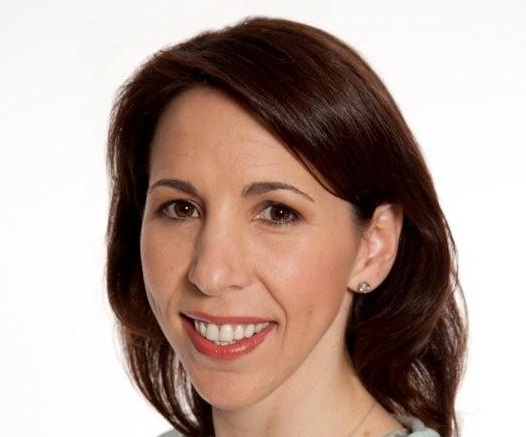Leighanne Levensaler is vice president at Workday, responsible for product direction and strategy. She has spent more than a decade working with large companies to develop HR strategies and integrated talent development solutions. Leighanne holds a master’s degree in human resource development from Georgia State University.
What are the fundamental mistakes big companies make when developing HR strategies?
HR strategies require a direct connection to a business opportunity or challenge. In large, geographically dispersed, and complex organizations, one-size-fits-all strategies lack relevance to the unique business context and culture.
To what extent is HR becoming more integrated with other high-level functions e.g. marketing and finance?
As the chief architects of many strategic programs, HR can learn a lot from marketing in terms of targeting, persona identification, positioning and communications.
With talent being the fuel of economic growth today, it is not surprising that initiatives connecting people and business performance are at the top of every CEO’s agenda. “Talent matters” are now business matters, and have come under more financial scrutiny. HR, finance and IT professionals are working together to ensure that the practices, systems and cost of managing and engaging the workforce are executed as efficiently as possible and directly aligned to the current and future needs of the business.
Building a global, unified workforce is a massive challenge facing companies – what advice would you give?
One concrete piece of advice is to be clear on the value of enterprise-wide global information experiences such as headcount, workforce metrics, talent bench strength, competencies, costs, etc. Once you know what information is essential from a decision-making and planning perspective, you can then determine the level of global consistency for processes and reporting. Organizations tend to want to standardize all processes in the move to building a more unified workforce. We advise companies to balance consideration of cultural, operational, and legal requirements when designing processes with the efficiencies gained from global management. It’s important to support global consistency with local flavour when needed to be relevant and comply in certain segments of the organization.
What advice would you give to HR directors struggling to gain approval for software in the boardroom?
If you are having difficulty gaining approval for modern software, it is likely that you have not articulated the value of the solution in relation to the top operational needs of the organization. We recommend partnering with an executive business leader to align the solution value points to the acute workforce visibility, cost, and talent needs of their organization. Engage the business leader to champion the solution and the decision for “software” will be viewed as an enabling infrastructure requirement. Software business cases tend to solely focus on the total cost of ownership advantage as it is easier to quantify. The real story gets told through a complementary value creation business case.
What does ‘talent’ mean and how should organisations go about identifying it?
Talent is a person (or people) that possess attributes that contribute to success in a job, role, or organization. Organizations and people managers should develop a talent mindset and embrace a systematic approach to matching individual capabilities with the needs of the organization and cultivating capabilities for an uncertain future.
Where is talent management heading and where will it be in five years?
Talent management will be identified as the key role function for all people managers. Talent management will shift from a HR remit focused on events (e.g., performance reviews, merit reviews, training, recruiting, etc.) to a conscience and deliberate approach to matching individual capabilities with the needs of the organization and cultivating capabilities for an uncertain future. People managers will be selected, evaluated, and rewarded for their success as a steward of talent.
Where do companies go wrong with talent management?
Most companies do nothing or rely on often disparate programs such as performance management, recruiting, and learning and development. Other companies try to plan exactly for an uncertain future and end up with a costly surplus of skills and or workers when the needs of the organization change.






